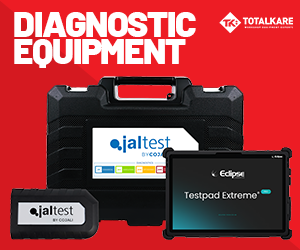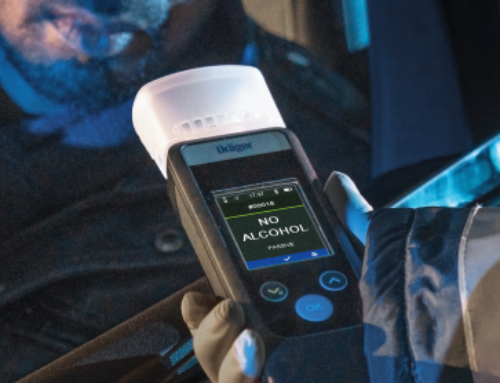One in five truck tyres misinflated
 Approximately one in every five truck tyres is operating outside the correct tyre pressure window, according to a study from Continental. The tyre specialist says that the statistic, based on anonymised results from tyre inspections undertaken by Conti360° Solutions service providers, reinforces the need for operators to routinely check their tyre pressures to maximise the safety and the longevity of their rubber.
Approximately one in every five truck tyres is operating outside the correct tyre pressure window, according to a study from Continental. The tyre specialist says that the statistic, based on anonymised results from tyre inspections undertaken by Conti360° Solutions service providers, reinforces the need for operators to routinely check their tyre pressures to maximise the safety and the longevity of their rubber.
Tyres that are either under or overinflated can pose a significant risk to the safety of drivers and other road users, Continental points out; an underinflated tyre is more susceptible to picking up damage from rough terrain and potholes. Running with insufficient air can lead to excessive sidewall flexing, which can result in a blowout. Fuel efficiency will also be impacted, as low pressures increase a tyre’s rolling resistance.
An overinflated tyre can cause uneven wear and impact a vehicle’s grip and handling characteristics, adds the company; too much air can also make the tyre more prone to avoidable damage as their comparative stiffness can make them less able to absorb the impacts of kerbs and potholes.
Tony Stapleton, head of fleet sales at Continental Tyres, said: “Vehicle safety, reliability and efficiency are so closely linked to the operation of correctly inflated tyres. It’s vital that fleet managers and technicians are aware of the dangers associated with under or over inflated tyres and take steps to mitigate the risk by performing regular visual inspections and by checking pressures.”
Though customers are encouraged to check their tyre pressures frequently, customers of the Conti360°Solutions tyre management programme can specify regular fleet inspection checks by an experienced tyre professional. In the event of a puncture at the side of the road, Continental’s Europe-wide, 24/7 breakdown service is also available.
CV operators also have the option of utilising Continental’s own tyre pressure monitoring system, ContiPressureCheck, and its virtual tyre management platform, ContiConnect 2.0. Drivers can monitor their current tyre pressures and temperatures using the in-cab display and fleet managers can access the same information remotely through the ContiConnect 2.0 desktop site or mobile app.
Continental recently launched its new second generation tyre sensor which, using the ContiConnect 2.0 platform, will be able to provide data on mileage forecasts.
Meanwhile, lack of use during lockdown may bear some responsibility for the increase in trailer test failures due to cut tyres as reported by Phil Lloyd, head of engineering at Logistics UK (Transport Operator 111).
The complex chemistry of tyre compounds includes ingredients designed to protect the tread and sidewall from embrittlement by UV rays. Long periods without use will diminish their effectiveness, and can leave the tyre vulnerable to damage.
Steve Howat, general manager of technical services UK and Ireland at Continental, said: “We incorporate UV-protectant chemicals into the sidewall and tread compounds. There are naturally brought to the surface by tyres flexing in use. If the vehicle has been parked up for some time this protection may have been compromised, so a careful eye should be kept open for cracking.”












